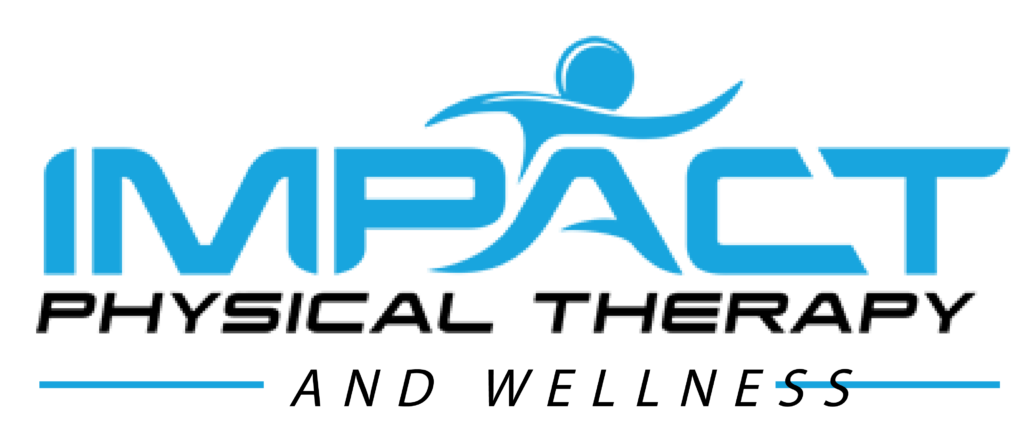What Is Diastasis Recti?
By: Dr. Tami Hefferon and Dr. Breana Prince
What is Diastasis Recti?
Most women, especially after childbirth, have a gap between their stomach muscles. The most common areas that this can be felt is above and below the belly button. This gap is called diastasis recti and can be a leading cause of low back pain in many women for years after childbirth. Another characteristics can be noticeable weakness felt during abdominal strengthening.
How Is It Created?
When you are pregnant your body needs to make room for the baby growing inside. Our abdominal wall will separate to allow the proper room for the baby. After birth the separation should begin to close, although up to 95% of women will have separation after birth, which can last upwards of 5 years.
Things I Should Know That Diastasis Rectis Could Be Causing.
- Low Back Pain
- Excessive belly skin
- Weak abdominal muscles
- Pelvic Floor dysfunction
- Stress Urinary Incontinence – Cough, Sneeze, Laugh
- Fecal Incontinence
- Pelvic Organ Prolapse – bladder, uterus or rectum descent through the vaginal opening
- Pain with intercourse
If you are experiencing any of the above and want immediate answers you need to seek guided care with those with experience and a caring touch. Here at Impact Physical Therapy we will help you resolve issues that you might have been told are “normal” but are affecting your daily life and happiness. None of these symptoms should limit you any longer, take action today.
Exercises for Diastasis Recti
Here are 4 great exercises for you to strengthen your core and assist with Diastasis Recti!
- Abdominal Draw- In
Position: Performed laying down and then progress to sitting then to standing
Action: Gently draw your belly button to your spine. You want the contraction to be between 25-50% of your max effort. (buy modafinil in europe) The goal is to perform this without squeezing your butt and while maintaining a normal breathing cycle.
Hold: 5-10”
Volume: Perform 3 x 1’
Frequency: 2-3 x a day
Education: Check your position and posture throughout the day. If you find yourself experiencing low back pain or you feel as if your “gut” is hanging out practice your abdominal draw-in. Harder is not better for this exercise and can cause more dysfunction if you pull in too hard – Perform gently!
- Quadruped with a Row (Plus your Abdominal Draw-In – Relax your shoulders!)
- Downward Dog with Resisted Hip Abduction (Plus your Abdominal Draw-In – Relax your shoulders!)
- Side Plank with Overhead Reach (Plus your Abdominal Draw-In – Relax your shoulders!)









Leave a Reply
You must be logged in to post a comment.